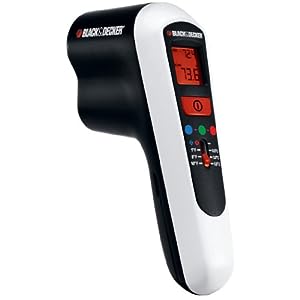Finman
Queen Bee
- Joined
- Nov 8, 2008
- Messages
- 27,887
- Reaction score
- 2,023
- Location
- Finland, Helsinki
- Hive Type
- Langstroth

[ame]http://www.amazon.co.uk/s/ref=nb_sb_ss_i_0_12?url=search-alias%3Ddiy&field-keywords=thermal+leak+detector&sprefix=thermal+leak%2Cdiy%2C287[/ame]
To get facts how heat run away, this is usefull toy.
In my summer cottage I found that thin doors are the worst places from where heat run away.
I measured poly hive outer walls. I saw a quite big differendies in tempterute of walls. It means that if the box wall is warmer than environment, it leaks heat.
The upper inner cover was too very interesting. The cetre may be +30C but edges only +14C. The drop in tempeterture is very sharp under inner cover's insulation.
The differencies between insulation materials are soon detected with that.
To reweal it out, a 2 W light buld inside the hive box gives a standard heat to measuring.
To follow honey processing temperature. Very usefull.
.
.
.
Last edited:




